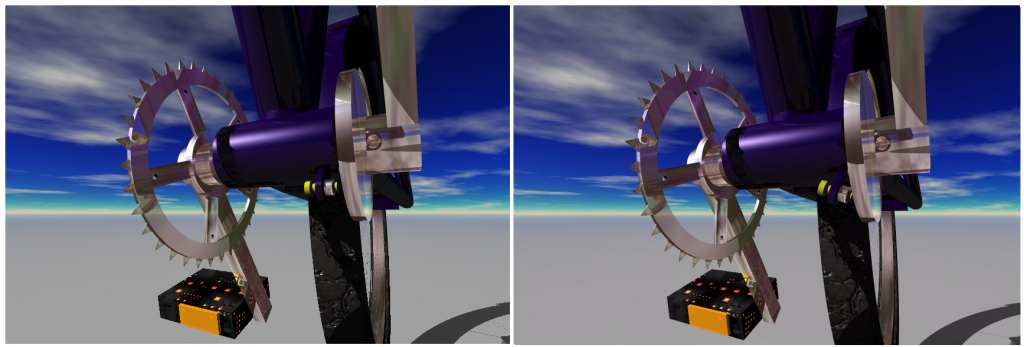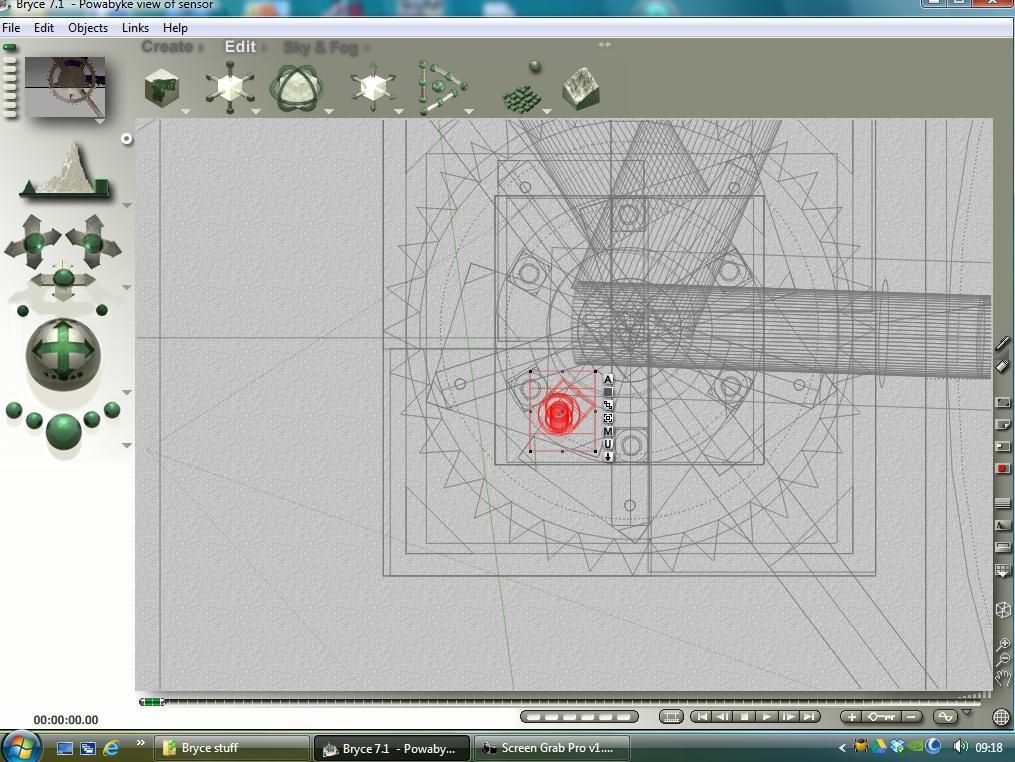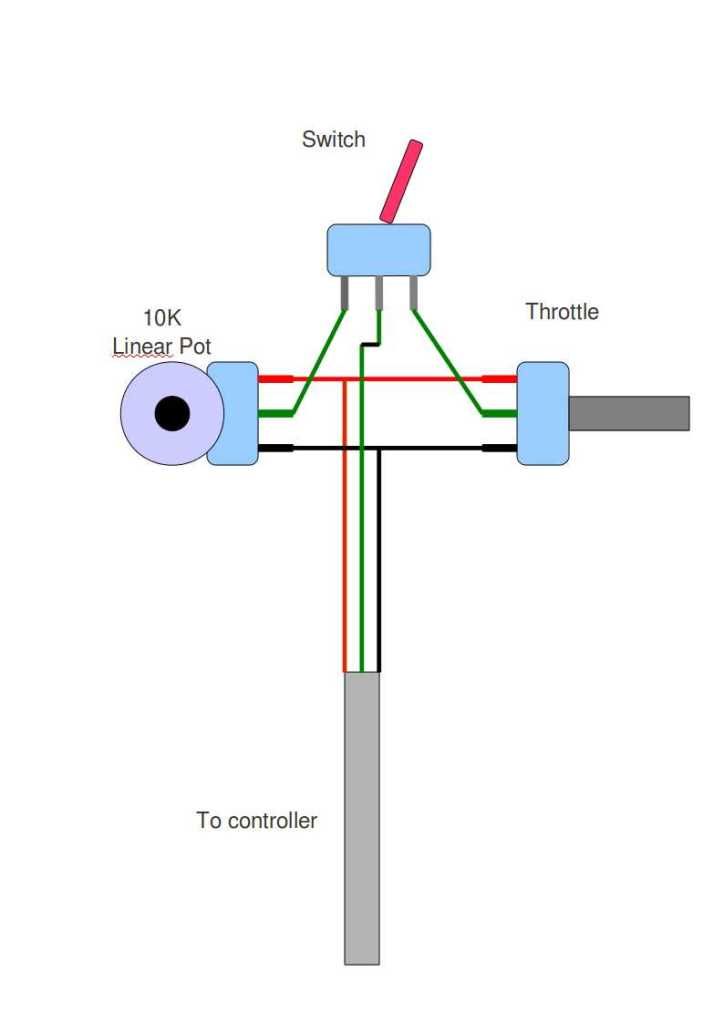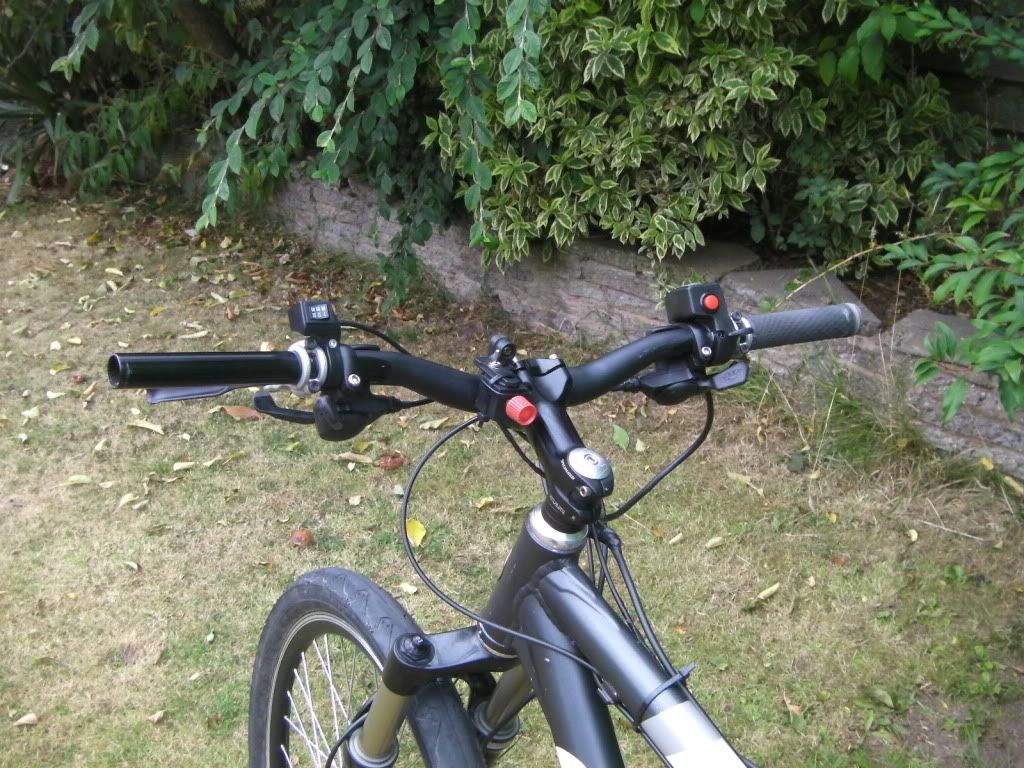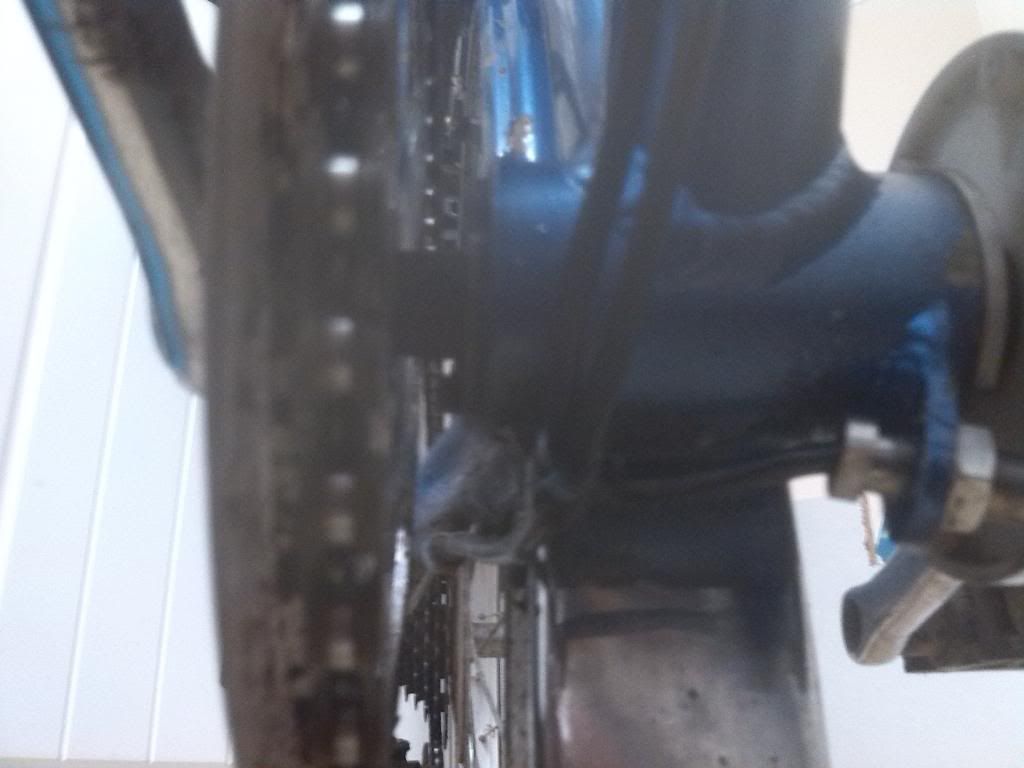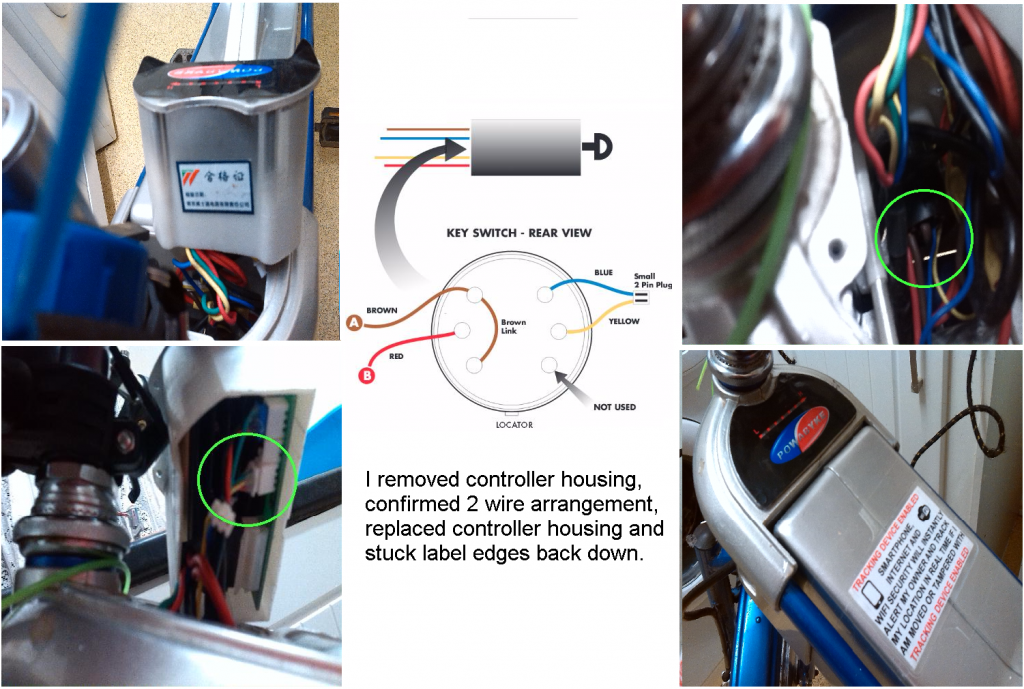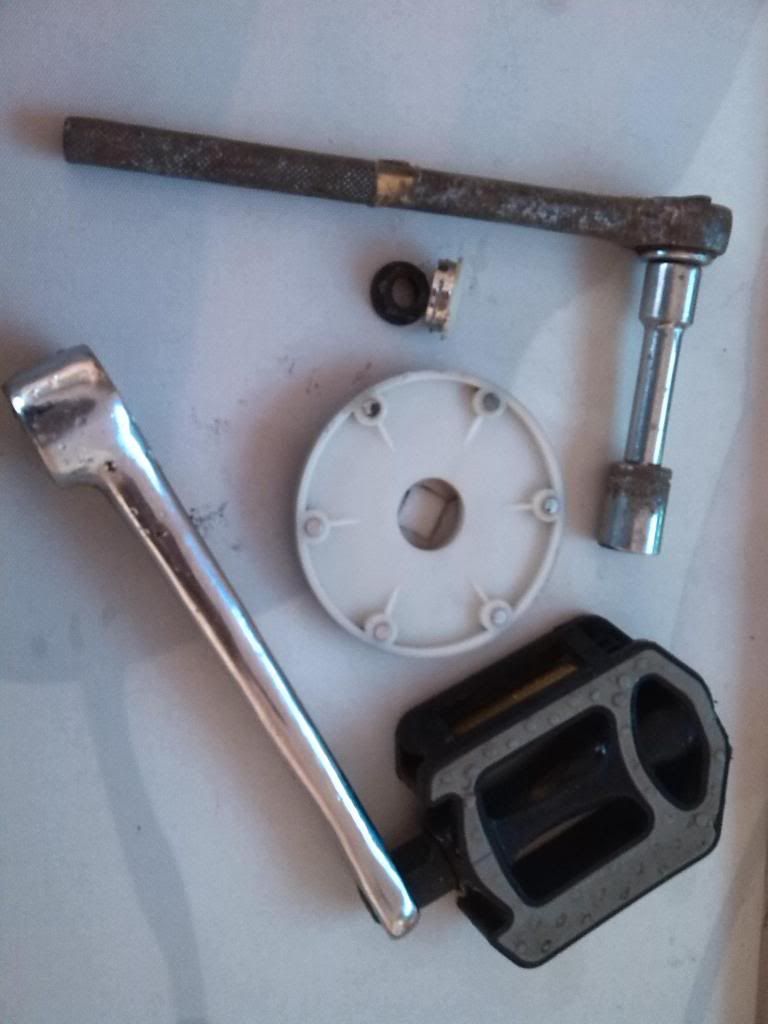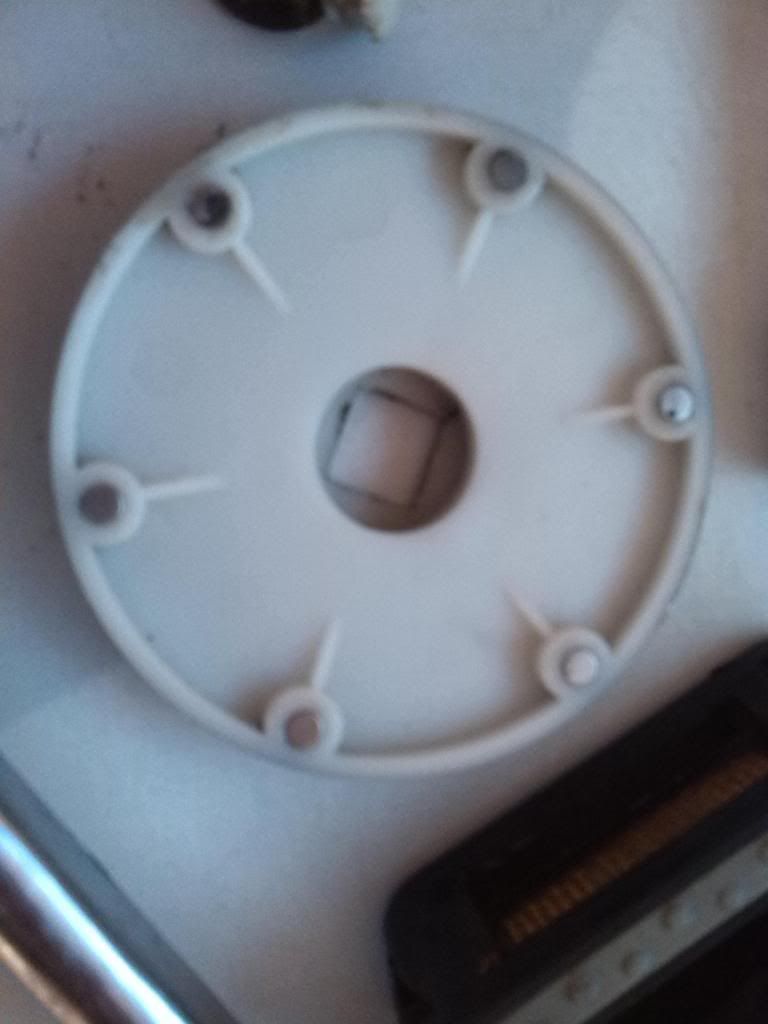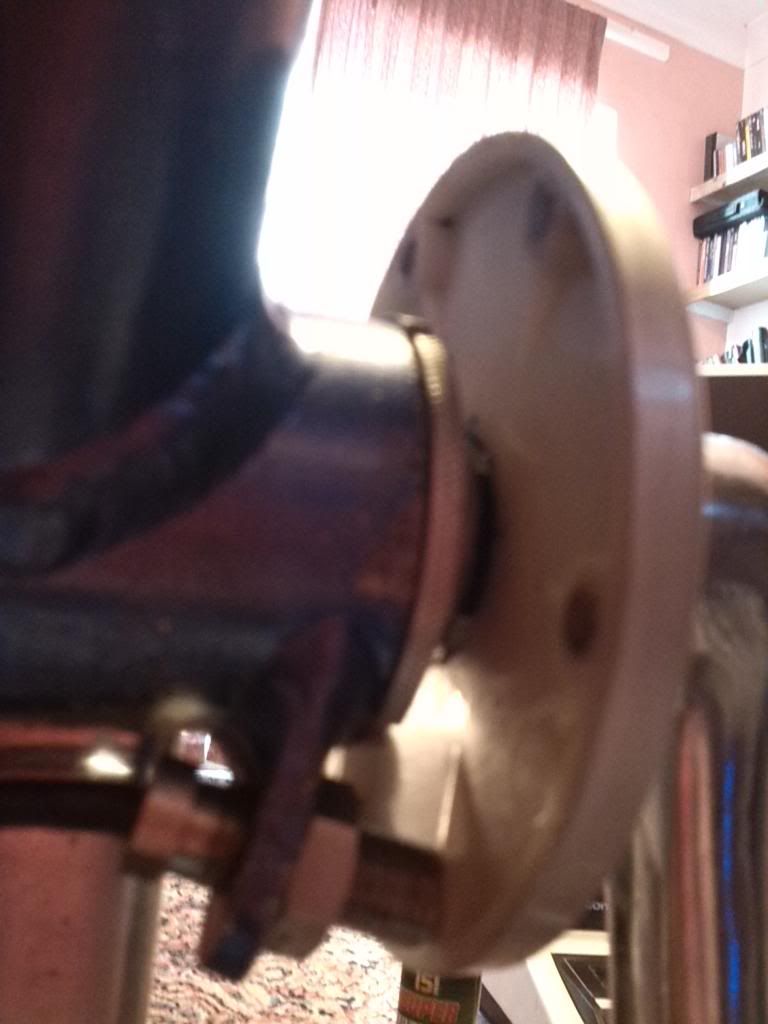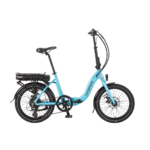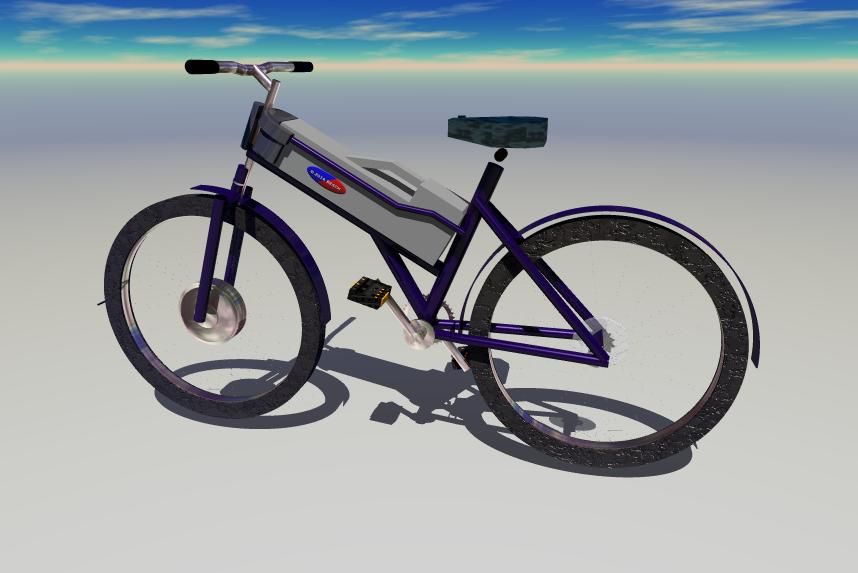
I like to create 3D photo-realistic art. This is Eva although she is far from finished!
Life In 3D ... With A Technical Query
I did promise to upload a thread relating to my first real adventure with Eva, the preloved but newly acquired Powabyke Euro I purchased last week but, before I entertain you with such flowery prose and mischief, I need to call upon the Pedelec hive mind to ask for some technical guidance.
Truth is, the two posts, when viewed side by side, will relate to each other because the original purpose of the first foray out into the wild hills of my glorious Jurassic Coast, was to tax my machine to within a hair breadths of her life ... and, yes, though we ended up facing mortal danger together, we did both eventually return back home with honour, dignity, limbs and components intact.
There were issues though ...
Well. One main issue but then, that was the purpose of me caning and disciplining her so fiercely. I mean ... I had to ... I needed to ... establish what my little pony could handle, cope with and ... endure.
So ... for now, I want to address something you folk will already know as pedal assist.
Pedal Assist
A Powabyke Euro has two ignition settings.
a) The first click of the keyed ignition provides power via the throttle once a speed of over 3.3 kph is achieved via routine pedaling. (The feature kicks in even when pedaling backwards).
b) The second click of the keyed ignition provides power when pedaling is constant but the power ceases the moment pedaling stops.
I'm presuming option a) allows for unfettered, constant power no matter what the rider is doing and that option b) intelligently saves the motor, (and batteries), from being taxed when a rider is choosing to cease pedaling. (Freewheeling).
I say presumably because I have yet to experience Eva intelligently gauging my own input or lack of input. I therefore assume, as valiant as she has been, that there is an issue with either the pedal assist sensor or the ignition associated with option b) i.e Pedal assist.
A Technical Aside
I've familiarised myself with the sensor arrangements but include my own diagrams and 3D images to show the sensor set up just in case some members are unfamiliar with the mechanism.
I enjoy playing with photo-realistic software and animations, such pursuits being a hobby of mine though note, while the whole thing is just about to scale, my Powabyke 3D model should be viewed more as art rather than being 100% technically accurate!
Here is the sensor, (below), highlighted in red.
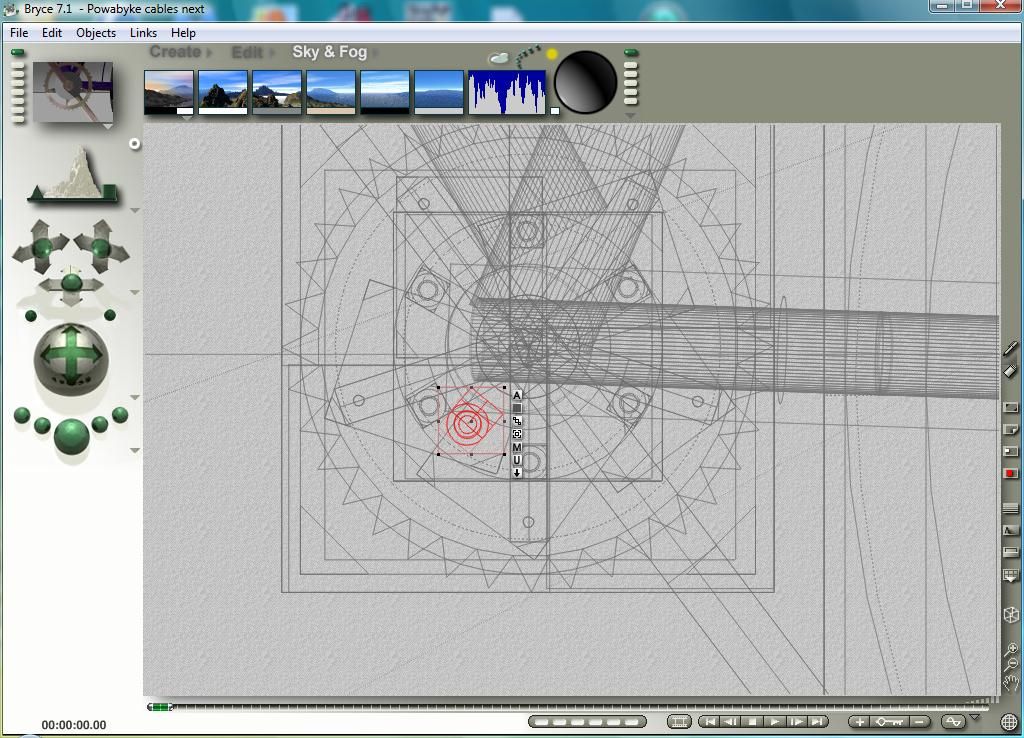
Here is the sensor disk, (below), also highlighted in red .The round components are magnets.
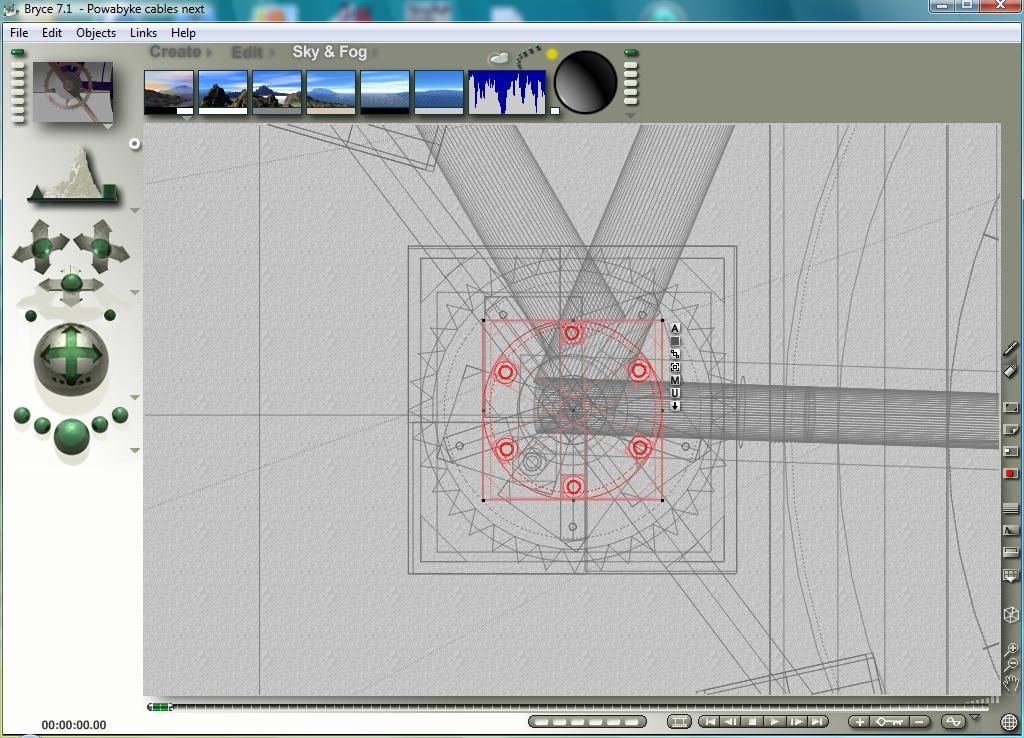
Here is a cool image of the chainset / sensor assembly, (below), showing the magnets on the disk.
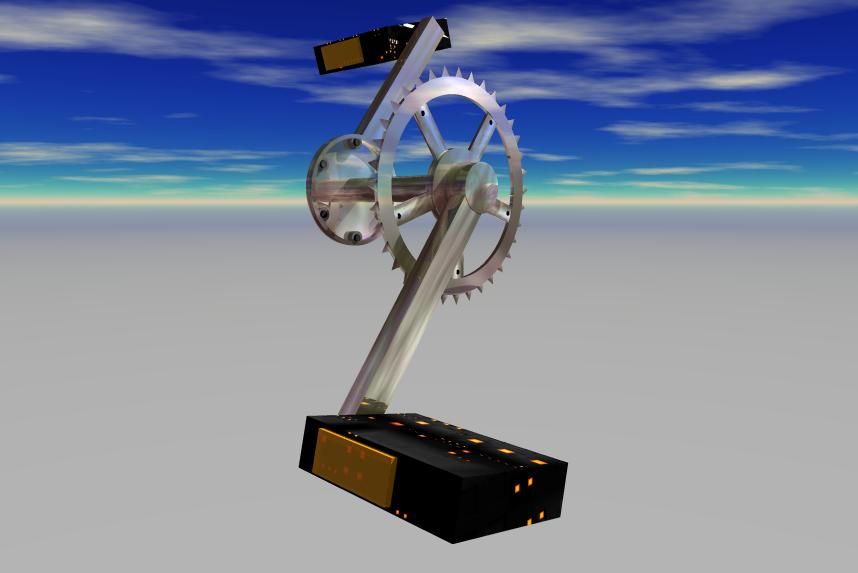
... And here is a sexy, full frontal image of the sensor, (below), highlighted in yellow and juxtaposed with the sensor disk
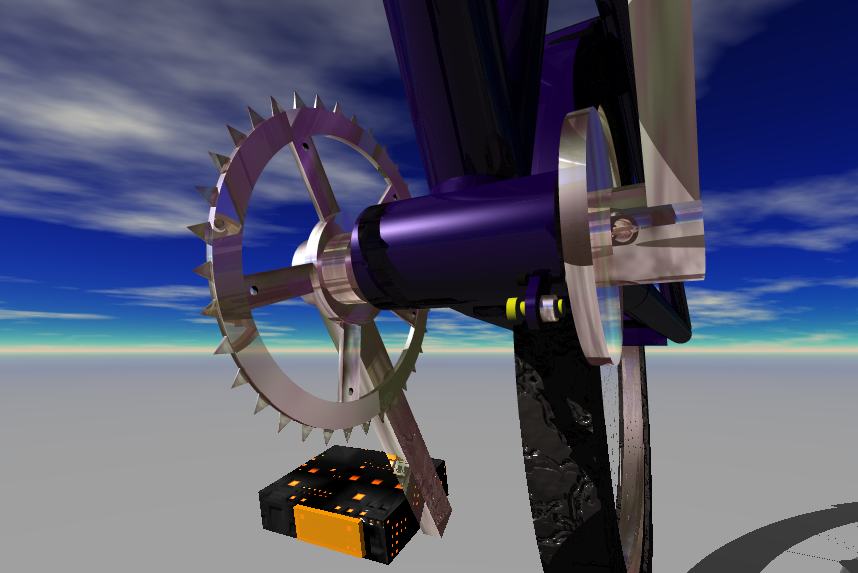
My Thoughts / Queries
The first click of the ignition works fine. I mean, sure, I can start to pedal, (above 3.3 kph), and, on throttling up, the motor kicks in.
The second click of the ignition ... makes absolutely no difference. (It delivers exactly the same function that the first click offers.
There is no intelligent feedback between Eva and I ... meaning she just doesn't know whether I am pedaling or not!
Bad Eva!!!!
Deduction
Now ... One of my 'Heroes of History' is the philosopher Socrates (He died 399 BC) ... and Socrates, while never ever having written anything down, is attributed by Plato to have said that "The answer to a question is often found in the very question being asked".
If I apply that maxim, I can deduce that the actual sensor, (highlighted in yellow above in pic 4), must be working, sensing the revolving magnets in the sensor disk ... or, otherwise, Eva wouldn't know to start delivering power once she sensed that she was travelling at more than 3.3 kph.
The actual sensor must be working just fine ... mustn't it?
Therefore ... I'm assuming ... I'm guessing ... that the problem must lie with the ignition switch, not the sensor assembly!
Yeah. I know. I could have just asked a straight question like, "Why doesn't my pedal assist Powabyke Euro actually pedal assist?" ...
But where is the fun in that?
Seriously. I need the issue resolved.
I pushed Eva for 10+ miles outwards and upwards the other day, including tackling a couple of really long 11% hills and, (according to Google Earth's statistics), a section even steeper still AND, instead of turning back from my planned destination to complete a taxing 20+ mile round trip, I chose to drop down 587 ft to sea level, return via a crumbled, potholed tank track running parallel 20 yards to the sea, (for a couple of miles), before climbing back up to the high coast road ... though eventually feeling Eva start to hurt and wilt ... as dusk beckoned ... still 5 miles from home.

I captured a wonderful sunset ... but was nearly stranded far from home.
Had I had the benefit of true pedal assist, I feel I would have made the journey home without having to nurse the pair of us the last couple of miles.
She still supported me, though.
I was able to pedal and freewheel back down long stretches of the coast road, giving her batteries a rest, and she carried her own weight via her throttle during the one time I had to dismount up a final steep hill, (just a couple of miles from town), before she rallied and took over again ... finally bringing me home with her last few brave, courageous volts.
Is the sensor suspect or failing?
Is the ignition likely to be the problem?
Your thoughts, comments or wisdom will be appreciated by both Eva and I.


